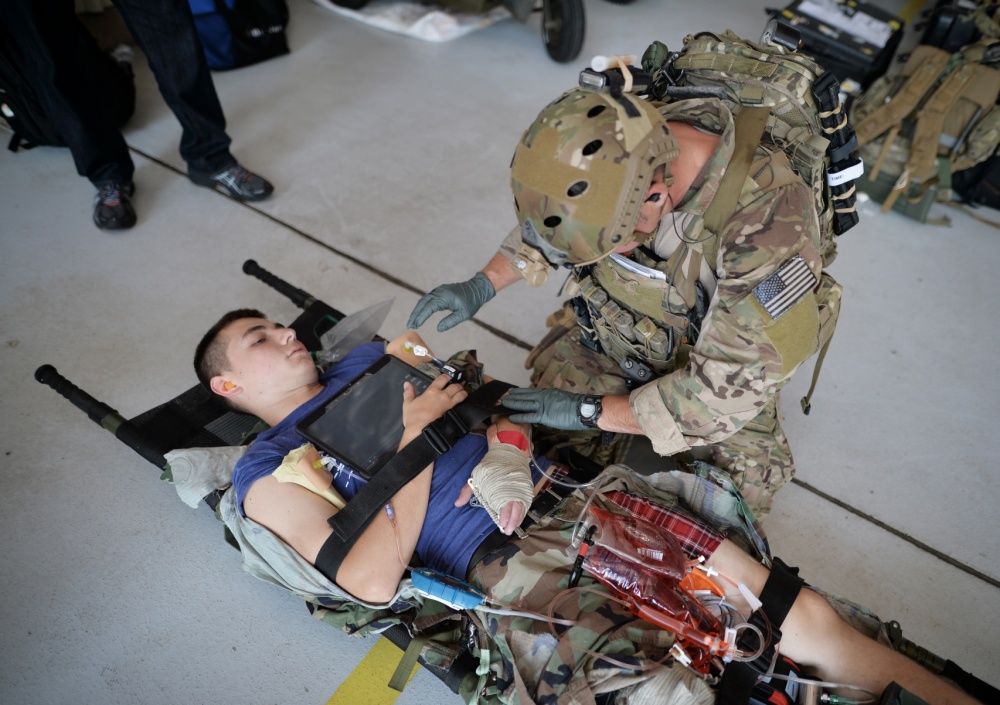Prime Medical donates scrubs to CURE Zambia
September 20th, 2016
Tampa, Fla.-based bactericidal apparel and textiles developer Prime Medical has donated 88 sets of scrubs to CURE International's Zambia hospital. The scrubs, which kill 99.9 percent of germs and bacteria on contact, will help protect patients and staff from harmful pathogens that can lead to deadly infections. Prime Medical produces the SAF-T™ line of healthcare […]
Nanotex introduces durable wear technology for apparel
September 19th, 2016
Fabric innovator Nanotex®, which provides nanotechnology-based textile enhancements to the apparel, home and commercial/residential interiors markets, has introduced its Nanotex Durable Wear technology for apparel. The patented technology is modified at the molecular level to resist wear and prolong cotton and cotton-rich life by offering abrasion resistance and strength protection durability. Nanotex, based in Bloomfield […]
AsahiGuard repellents offer improved environmental profile
September 16th, 2016
Exton, Pa.-based AGC Chemicals Americas has released a series of AsahiGuard E-Series PFOA-free repellents with improved environmental and biological profiles. Liquid-repelling agents have had a history of sustainability issues, the company notes in a press release, because of their potential to break down and form perfluorooctanoic acid (PFOA) or perfluorooctane sulfonate. They are used on […]
Hohenstein Institute develops cooling textile finish
September 15th, 2016
Scientists at Germany’s Hohenstein Institute, an industrial research and marketing firm, report having developed a textile finish that provides a “sensory cooling effect.” The organization says the term is used to describe a chemically induced sensation of coolness on the skin, which results from the triggering of cold receptors in the nerve ends close to […]
Safety apparel market growing at 8.12% CAGR to 2020
September 14th, 2016
Analysts at the Pune, India-based Sandler Research online market research firm report the global safety-apparel market will experience a compound annual growth rate (CAGR) of more than 8 percent through 2020. The report says use of nanotechnology to improve worker safety will be a key trend for market growth. North America is expected to be […]
Advanced Textiles Conference focuses on automotive market and testing
September 12th, 2016
The Industrial Fabrics Association International (IFAI) presents the Advanced Textiles Conference Oct. 18-19 in Charlotte, N.C. The special two-day event is in conjunction with IFAI’s Expo running through Oct. 21. A special focus on automotive textiles, specific performance capabilities and applications will be covered in sessions throughout the day Tuesday, Oct. 18. Joachim Starke, product […]
Stanford scientists develop a fabric that cools
September 9th, 2016
Researchers at Stanford University have developed a fabric, using nanotechnology, that can literally cool down the wearer’s body. Potential advantages, they say, include cutting down on air-conditioning in a steadily warming world. The development was recently reported in the journal Science. The Stanford team was led by professor Yi Cui of the Department of Materials […]
Priorities change
September 9th, 2016
I am writing this while visiting at an army installation; I’ve visited others, as well. I didn’t grow up around the military, so it’s all a little new to me, and it’s impressive. I don’t get to see the inner workings of the Army, but I’ve met quite a few soldiers and I’ve learned a […]
Adjusting the focus in smart materials for the military
September 9th, 2016
The nature of military warfare has undergone a seismic change over the past twenty years with the result that theaters of engagement and the demands they make on military personnel are now more diverse and complex than ever before. Traditional procurement policies of buying in bulk to ensure standardization and cost efficiency are being questioned […]
New memory device developed for future wearables
September 9th, 2016
Last spring, the artificial intelligence (AI) program AlphaGo beat Korean Go champion LEE Se-Dol at the Asian board game. “The game was quite tight, but AlphaGo used 1200 CPUs and 56,000 watts per hour, while Lee used only 20 watts. If a hardware that mimics the human brain structure is developed, we can operate artificial […]
 TEXTILES.ORG
TEXTILES.ORG



